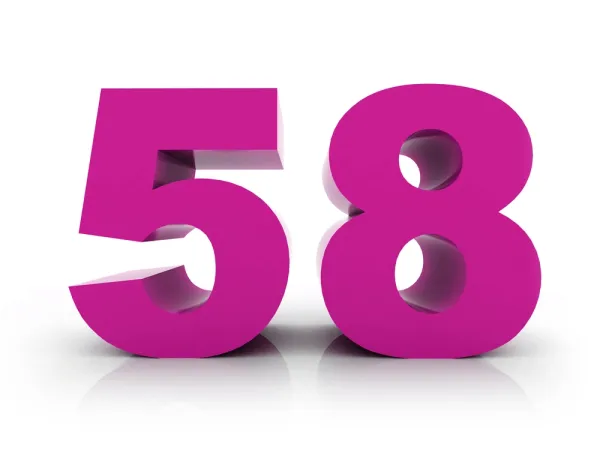Look to Documentation for DHCA Support
Question: I have seen several coding newsletters and conference materials that state 00563 for cardiac procedures should be used only when the patient’s temperature is taken to 16-18 degrees Celsius. Can you tell me where I can find this documented in the American Society of Anesthesiologists (ASA) guidelines or other reference? North Carolina Subscriber Answer: The ASA does not address or offer clinical guidelines or a documentation requirement about 00563 (Anesthesia for procedures on heart, pericardial sac, and great vessels of chest; with pump oxygenator with hypothermic circulatory arrest), other than stating you should not report the code in conjunction with +99116 (Anesthesia complicated by utilization of total body hypothermia (List separately in addition to code for primary anesthesia procedure)) or +99135 (Anesthesia complicated by utilization of controlled hypotension (List separately in addition to code for primary anesthesia procedure)) because the base value already takes these qualifying circumstances into consideration. Along with the temperature in your question, other resources offer other numbers, such as 20 C to 25 C and 15 C to 22 C for either deep hypothermic circulatory arrest (DHCA) or hypothermic circulatory arrest (HCA) in heart cases. For coding purposes, if the anesthesia record includes DHCA, HCA, or hypothermic, that should be sufficient. Along the same lines, to capture +99116 (when hypothermia is not included in another reported code), look for support along the lines of “hypothermia induced or initiated” or “temperature reduced.” Anesthesia clinical staff continuously monitor the patient’s temperature throughout the surgery. 




